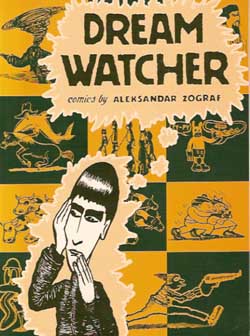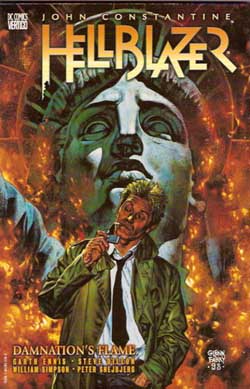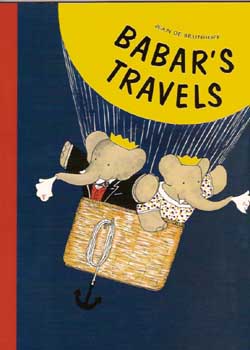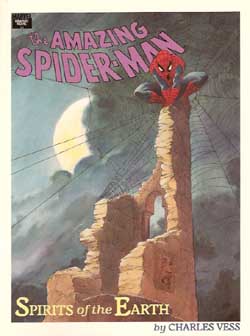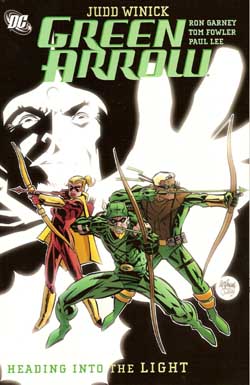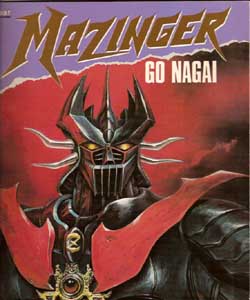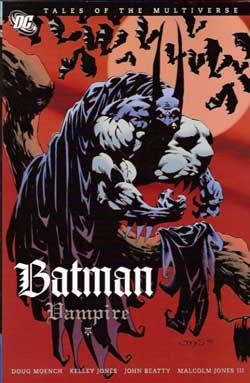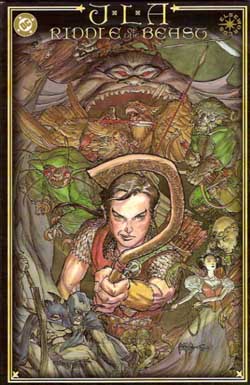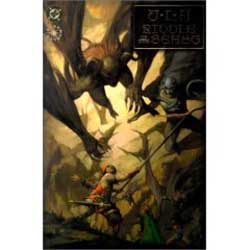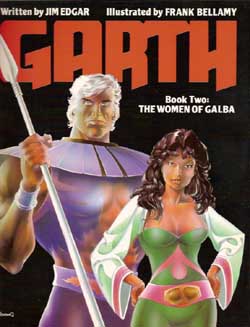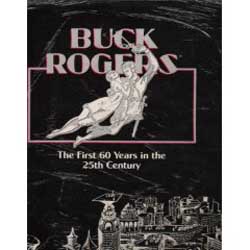
By various (TSR)
ISBN: 978-0-8803-8604-3
There’s not really a lot you can say about Buck Rogers that hasn’t been said before – and probably better – by the likes of such luminaries and fans as Ray Bradbury.
The feature began as a prose novella which appeared in the August 1928 issue of the “scienti-fiction†pulp magazine Amazing Stories. Written by Philip Francis Nowlan, Armageddon 2419A.D. told of Anthony Rogers, a retired US Army Air Corps officer who fell into a five-hundred-year coma whilst surveying a deep mine only to awaken to a world controlled by a Chinese Empire ruled by tyrants called Mongols or The Han.
The valiant battle to free America from oppression was another thinly-veiled “Yellow Peril†story, (this dubious prejudice, embarrassingly for us liberals, has produced some of the best escapist adventure fiction of the 20th Century) and something in the tale caught the public’s attention. Consequently John Flint Dille, head of National Newspaper Service Syndicate arranged for the author and artist Dick Calkins to produce the industry’s first action/drama continuity feature, as well as the first and most influential SF strip ever (space flight, television, even the atom bomb – all appeared in these panels long before their real world introductions) by securing the rights to adapt the tale into picture form. That prose story, which also introduced the very capable Wilma Deering and the all-knowing scientist Dr. Huer is reproduced in this fabulous if frustrating book.
The daily strip premiered on January 7th 1929, about the time that the prose sequel The Airlords of Han appeared in Amazing Stories (cover-dated March 1929) and the same day that the Tarzan newspaper strip debuted. The strip was a huge hit and the marketing genius of Dille made it a most profitable one. There was merchandise, premiums, giveaways, a radio show, books and even a movie serial. What we now consider as part and parcel of an entertainment franchise was all invented by Dille for the strip – which he renamed Buck Rogers.
This book was released as an anniversary tribute – and is still available through many internet book sellers – and features an extended sequence from each decade. As well as the strips it also offers biographies, a potted history, colour selections and a most fascinating timeline. For each decade there is a context page listing the high points in Dailey Life, Science, Politics and Culture.
But comics are what we love so what about them? From 1929 comes “Meeting the Mongols†by Nowlan and Calkins wherein the noble New Americans defy and defeat the overlords of Earth in their own Citadel. It should be noted however that Calkins, although a popular artist in his day, was never that impressive technically and is to many modern readers an acquired taste.
From the 1930s comes a selection of Sunday Colour Pages. In those early days when everything was new, many local papers often bought only one or the other of the Daily strips or Sunday pages. So to avoid confusion Buck Rogers only ran Monday to Saturday and the colour section featured separate tales of Buddy Deering (Wilma’s little brother) and his girlfriend Alura in outer space, although many other cast members such as Dr. Huer, Killer Kane, Princess Ardala and pirate-turned-pal Black Barney would frequently appear. The Sunday page began on March 30th 1930 and was originally produced by Russell Keaton although the Calkins by-line was the only credit to appear. In 1932 Rick Yager took over the page. He would one day take over writing and drawing the entire feature, aided by Len Dworkins and later Dick Locher.
From the end of the 1940s comes Dr. Modar of Saturn, written by Bob Barton and drawn by a young but immensely talented Murphy Anderson. By this time Buck was a sort of space cop, interplanetary if not intergalactic, and the parochial jingoism had been replaced by the kind of convivial paternalism that washed over all American popular fiction. After all weren’t they the Policeman of The World – and beyond?
The Vulcan Trouble-shooter comes from the 1950s, as Buck becomes Governor of the colony of Vulcan and the target of unscrupulous profiteers in a rather pedestrian tale by Barton, Anderson and latterly, new chief artist Len Dworkin. It was during this decade that relations between creators and syndicate became so acrimonious that it resulted in a court-case. The strip, which had been idling for some time, went into a sharp decline.
From the 1960s The Miss Solar System Beauty Pageant shows wonderful art from the underrated George Tuska, but a strip and character that bore no relation to the icon of futurity that he should have been. The strip was cancelled in 1967, with the final instalment published on July 8th of that year.
And there it would have ended if not for the television show which was created in the Space-Opera boom following the release of Star Wars. In 1979 Buck Rogers in the 25th Century returned to newspapers as a Sunday colour feature written by Jim Lawrence and illustrated by Gray Morrow. A selection of these make up the 1970s-1980s requirements in this volume. This time the strip ran until 1983 with Cary Bates replacing Lawrence in 1981.
This is an annoying book. It is large, beautifully expansive, contains clever and informative added-value features, and reprints stories that have seldom if ever been reprinted. But the editing is insane. Two of the adventures just stop dead in mid-story without even a written synopsis of how they conclude and even the selections seem atypical of the wealth of material that could have been used. I love this book because of what it means to comics but I hate this book for being less than it should be.
Hopefully with the 80th anniversary (which I take as the birth of the strip – not the publication of the novella) looming next year the current copyright holders will do a better job of it this time.
™ & © 1929-1969, 1988 The Dille Family Trust. All Rights Reserved.
